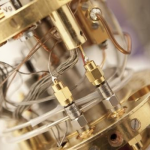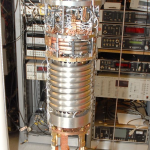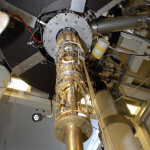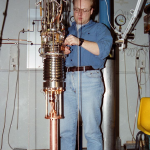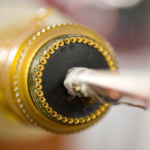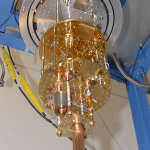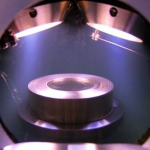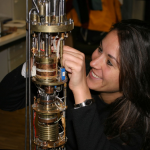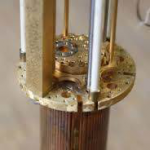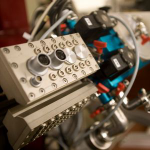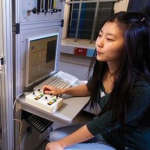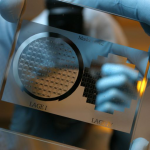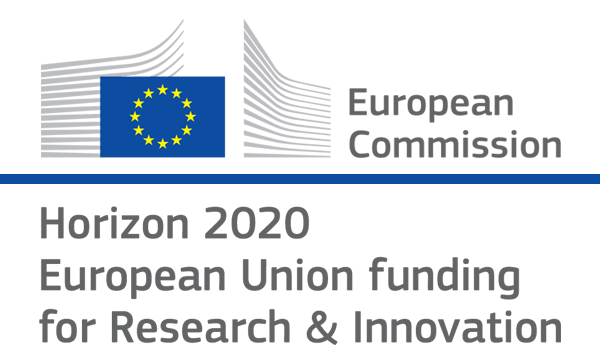

- Photon Transport in a Bose-Hubbard Chain of Superconducting Artificial Atoms
G. P. Fedorov et al., Phys. Rev. Lett. 126, 180503 (2021) - Path-Dependent Supercooling of the
He3 Superfluid A-B Transition
Dmytro Lotnyk et al., Phys. Rev. Lett. 126, 215301 (2021) - Superconductivity in an extreme strange metal
D. H. Nguyen et al., Nat Commun 12, 4341 (2021) - High-Q Silicon Nitride Drum Resonators Strongly Coupled to Gates
Xin Zhou et al., Nano Lett. 21, 5738-5744 (2021) - Measurement of the 229Th isomer energy with a magnetic micro-calorimeter
T. Sikorsky et al., Phys. Rev. Lett. 125 (2020) 142503
Design, fabrication and characterization of a 64 pixel metallic magnetic calorimeter array with integrated, on-chip microwave SQUID multiplexer
S. Kempf, M. Wegner, L. Deeg, A. Fleischmann, L. Gastaldo, F. Herrmann, D. Richter, C. EnssWe report on the design, fabrication and characterization of a 64 pixel metallic magnetic calorimeter array that is read out by an integrated, on-chip microwave SQUID multiplexer. Based on the results of our comprehensive device characterization we refined the state-of-the-art multiplexer model which assumes each associated non-hysteretic rf-SQUID to purely behave as a flux-dependent inductor. In particular, we include the capacitance and the subgap resistance of the Josephson junction as well as screening effects and parasitic mutual couplings between different coils that show up only when a superconducting flux transformer is attached to the SQUID input. Thanks to these modifications, we are able to explain the occurrence of a magnetic flux dependence of the internal quality factor of the microwave resonators as well as to accurately calculate the characteristic multiplexer parameters. When combining the refined multiplexer model with the thermodynamical description of a metallic magnetic calorimeter, we find a reasonable agreement between our measurements and predictions.
Supercond. Sci. Technol. 30 (2017) 065002
doi: 10.1088/1361-6668/aa6d17
